International
The Brazilian Amazon relives the drama of drought: empty channels and isolated communities
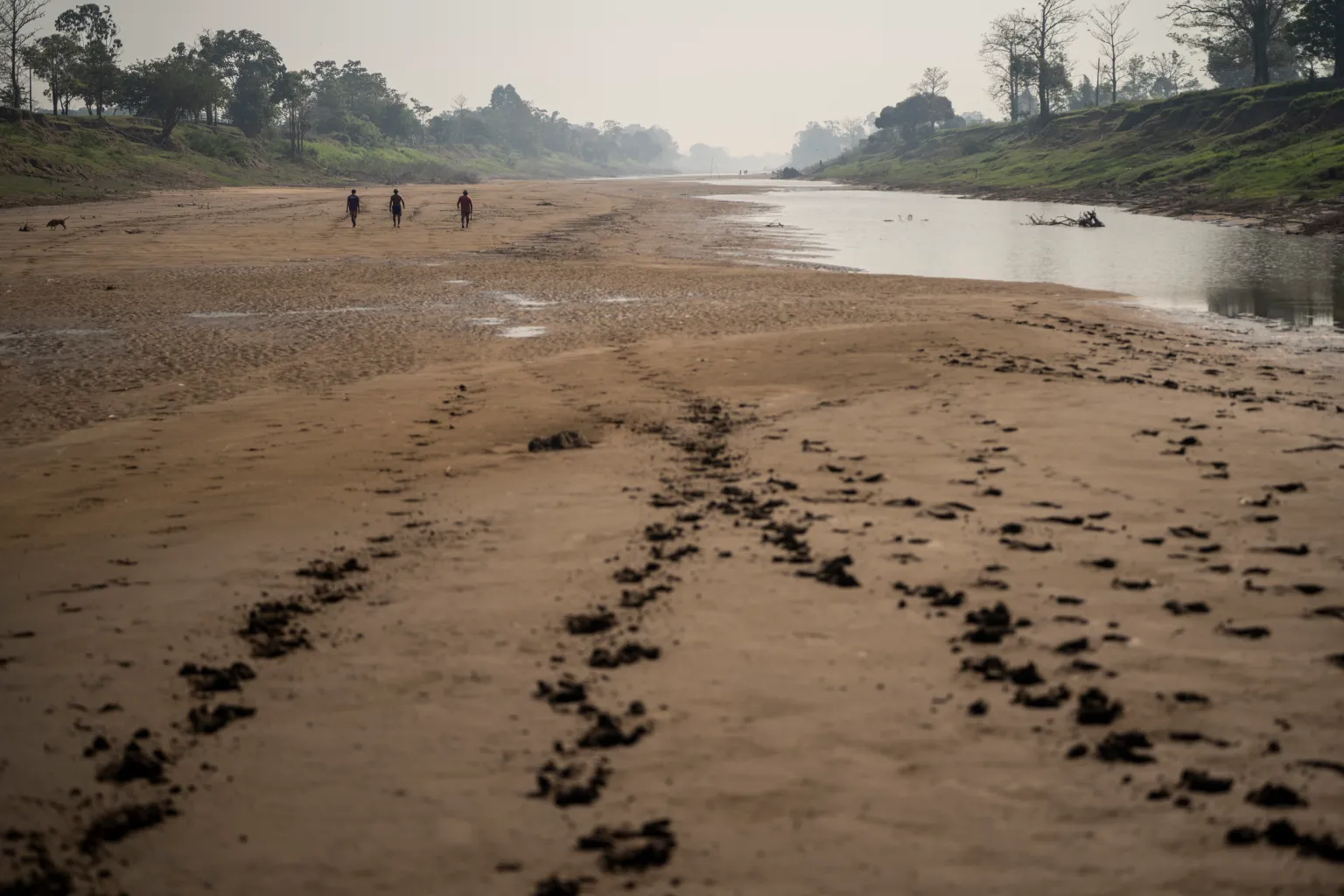
The Brazilian Amazon is once again suffering an extreme drought that threatens to worsen in the coming months.
In Manaquiri, near Manaus, there are already dry riverbeds, cornered fish and about twenty isolated rural communities.
After a dramatic 2023, Brazil faces the worst drought since 1950 this year and one of the most affected parts of the country is the Amazon region, according to the National Center for Surveillance and Alert of Natural Disasters data.
In the state of Amazonas, the Government has decreed an “emergency situation” in its 62 municipalities due to drought and forest fires. The meteorological specialists had already anticipated it and it has been confirmed.
“Everything indicates that we will have a very serious drought. The rivers will go down like never before,” warned the governor of Amazonas, Wilson Lima.
The Negro River, one of the main tributaries of the Amazon, today has a level four meters lower than in the same period last year. Throughout Amazonas, the Brazilian state with the largest number of indigenous population, the drought already directly affects about 80,000 families, according to the Civil Defense.
Several hundred of them are in Manaquiri, where from the end of August you can walk along the dry bed of the river that bathes this town (Paraná Manaquiri).
The footprints are marked on the sandbanks, once covered with fresh water and today naked in the sunlight. Where boats loaded with goods used to sail and today you can ride a horse.
Hundreds of herons take advantage of the drought to feed on fish that are restricted to the little river left.
Meanwhile, Ednaldo Freitas, 35, is busy connecting all the hoses he had at home and thus be able to reach the part where there is still water, according to EFE.
That’s not his only problem. Their children have to walk several kilometers these days to get to school, because the boat that transported them no longer arrives because there is no river.
To go to Manaus, the regional capital, it is still possible to go by another tributary, although it takes an hour longer than usual, which hinders the transport of medicines, food, etc., and harms the local economy.
And with the severe drought, fires have multiplied. This Sunday there were 3,640 active foci throughout Brazil, half of them in the Amazon, the largest tropical forest on the planet. In the state of Amazonas alone there were 237.
In other areas of the country, the flames are also advancing. A fire has burned in four days about 10,000 hectares of the Chapada dos Veadeiros National Park, near the Federal District of Brasilia, which this Sunday was again shrouded in smoke.
São Paulo and Minas Gerais, the two most populous states in Brazil, have also mobilized a large number of troops to fight forest fires in their territories, on which there are suspicions that many of them have been caused.
International
Chile enters runoff campaign with Kast leading and Jara seeking a last-minute comeback
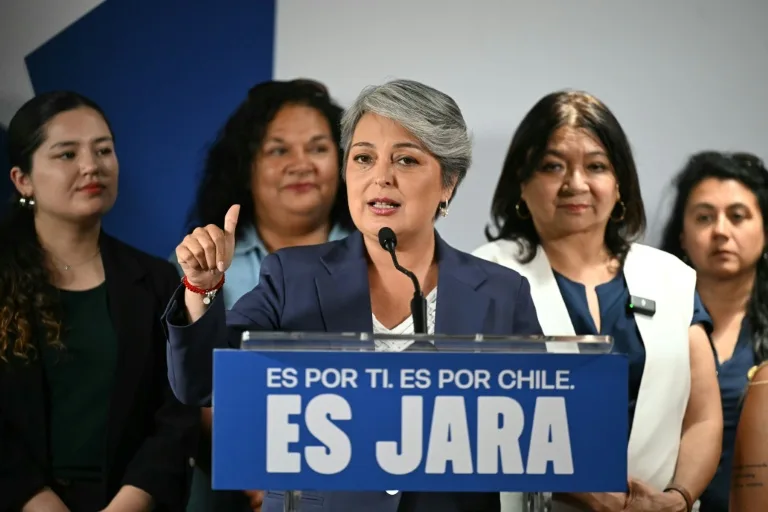
Chile’s presidential runoff campaign for the December 14 election kicked off this Sunday, with far-right candidate José Antonio Kast entering the race as the clear favorite in the polls, while left-wing contender Jeannette Jara faces an uphill scenario, hoping for a comeback that some experts describe as “a miracle.”
The final polls released in Chile—published before the mandatory blackout on survey dissemination—give Kast, an ultraconservative former lawmaker running for president for the third time, a lead of between 12 and 16 points. His opponent, the communist former minister in Gabriel Boric’s current administration, is weighed down not only by the government’s low approval ratings but also by a fragmented electorate.
Although Jeannette Jara received the most votes in the first round with 26.9%, her lack of alliances beyond the left makes it difficult for her to expand her support. Kast, who secured 23.9%, has already brought key figures on board: ultralibertarian Johannes Kaiser (13.9%) and traditional right-wing leader Evelyn Matthei (12.4%), both now backing his candidacy.
Analysts note that although Kast’s support base consolidates more than 50% of the electorate, it does not guarantee an automatic transfer of votes. Populist economist Franco Parisi, who placed third with 19.7%, emerges as the major wildcard. His party, the People’s Party (PDG), is set to decide this Sunday through an internal consultation whether to endorse one of the two finalists.
International
Trump says asylum decision freeze will remain in place “for a long time”
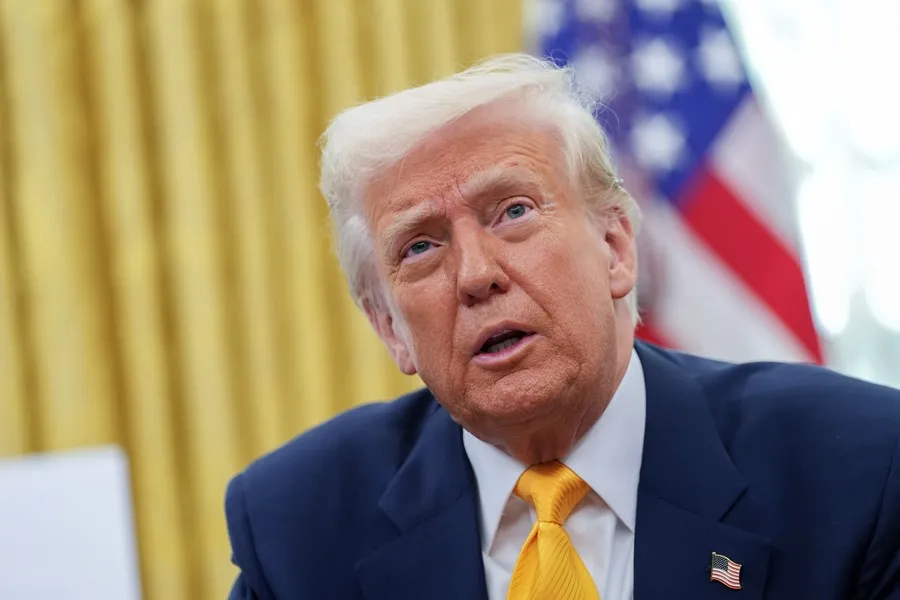
U.S. President Donald Trump warned on Sunday that the suspension of decisions on asylum applications—implemented as part of his order to “halt” immigration from third-world countries following Wednesday’s shooting in Washington—will remain in effect “for a long time.”
The president declined to specify how long the freeze, imposed last Friday by the U.S. Citizenship and Immigration Services (USCIS), would last. The suspension affects individuals waiting for an asylum ruling from that agency, though it does not apply to cases handled by U.S. immigration courts.
The delay is part of a series of measures enacted by the Trump Administration after a shooting on Wednesday in which an Afghan national allegedly opened fire on the National Guard in Washington, D.C., killing one officer and leaving another in critical condition.
Trump has ordered a permanent halt to immigration from 19 countries classified as “third-world.” He also indicated on Sunday that “possibly” more nations could be added to the list.
“These are countries with high crime rates. They are countries that do not function well… that are not known for success, and frankly, we don’t need people from those places coming into our country and telling us what to do,” Trump said, adding: “We don’t want those people.”
USCIS had already announced on Thursday a “rigorous review” of green cards held by migrants from 19 “countries of concern,” including Afghanistan, Cuba, Venezuela, and Haiti.
International
Sri Lanka and Indonesia deploy military as deadly asian floods kill over 1,000
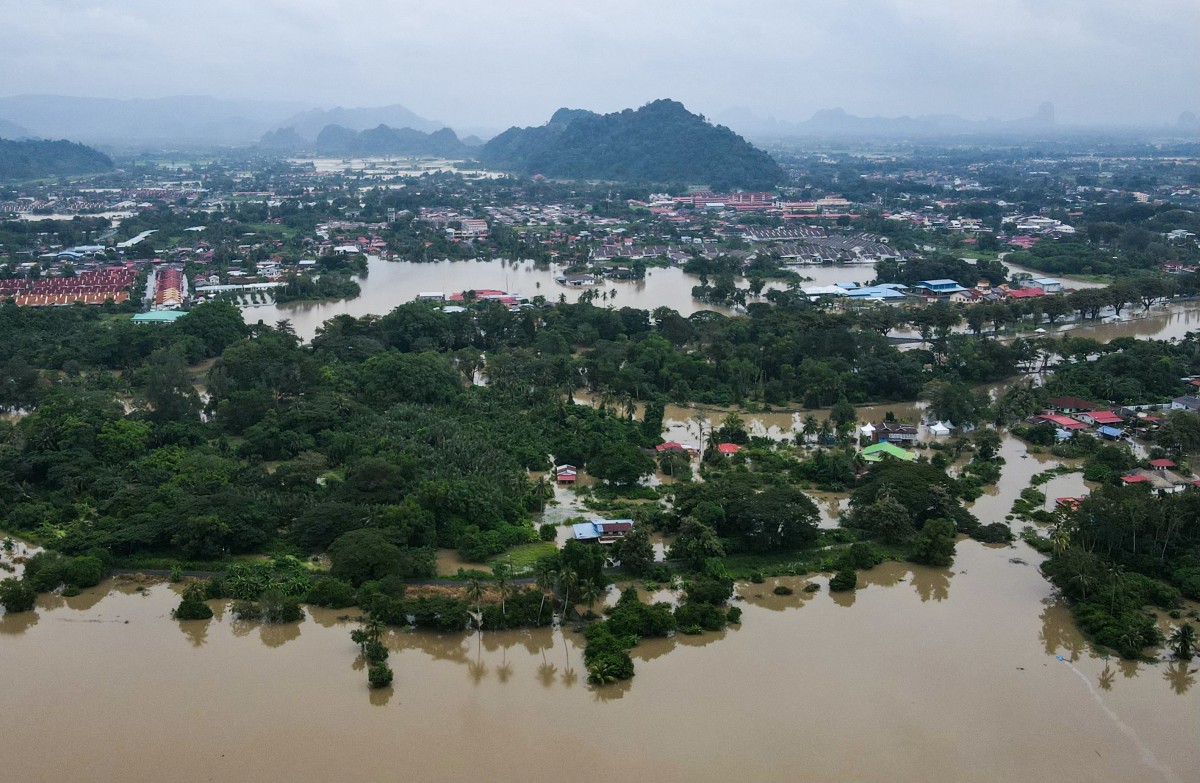
Sri Lanka and Indonesia deployed military personnel on Monday to assist victims of the devastating floods that have killed more than a thousand people across Asia in recent days.
A series of weather events last week triggered prolonged torrential rains across Sri Lanka, parts of Indonesia’s Sumatra island, southern Thailand, and northern Malaysia. Indonesian President Prabowo Subianto said Monday in North Sumatra that “the priority now is to deliver the necessary aid as quickly as possible.”
“There are several isolated villages that, with God’s help, we will be able to reach,” he added. Subianto also stated that the government had deployed helicopters and aircraft to support relief operations.
Floods and landslides have claimed 502 lives in Indonesia, with a similar number still missing.
This marks the highest death toll from a natural disaster in Indonesia since 2018, when an earthquake and subsequent tsunami killed more than 2,000 people.
The government has sent three military ships carrying aid and two hospital vessels to the hardest-hit regions, where many roads remain impassable.
In the village of Sungai Nyalo, located about 100 kilometers from Padang, the capital of West Sumatra, floodwaters had receded by Sunday, leaving homes, vehicles, and crops coated in thick mud.
-
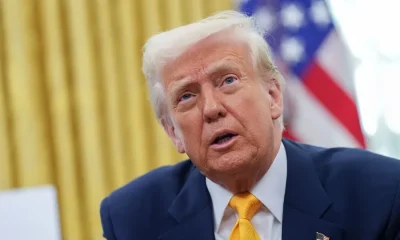
 Central America3 days ago
Central America3 days agoTrump Pardons Former Honduran President Hernández and Warns of Aid Cuts Ahead of Election
-
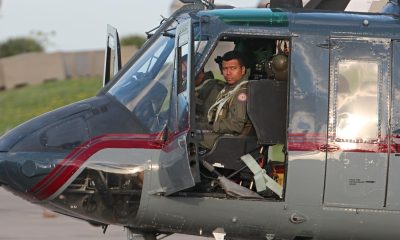
 Central America5 days ago
Central America5 days agoPanama reinforces security with new helicopters and Super Tucano Aircraft purchases
-
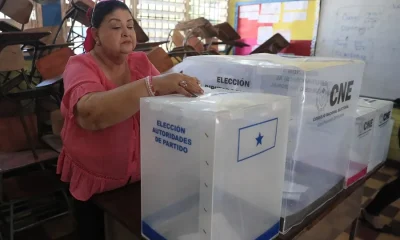
 Central America23 hours ago
Central America23 hours agoHonduras Extends Voting by One Hour Amid High Turnout, CNE Announces
-
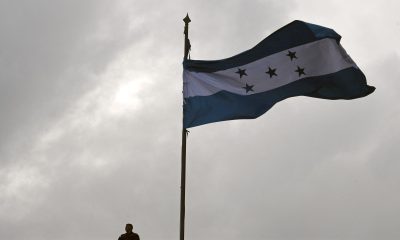
 Central America2 days ago
Central America2 days agoHonduras’ China–Taiwan Future Hinges on Sunday’s Presidential Election
-
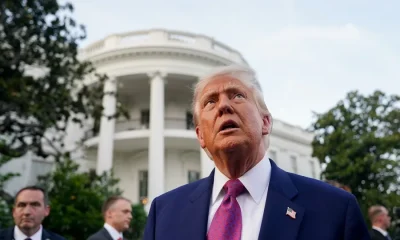
 Central America5 days ago
Central America5 days agoTrump urges hondurans to back conservative candidate Nasry Asfura in november elections
-
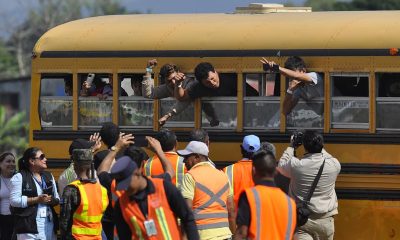
 International5 days ago
International5 days agoArchbishop Wenski criticizes Trump’s deportation policies, calls for stronger push for reform
-
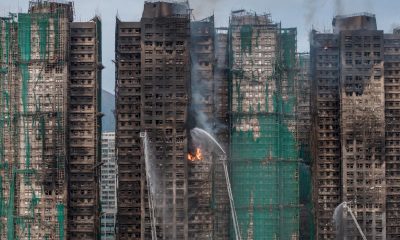
 International10 hours ago
International10 hours agoHong Kong police arrest 13 over deadly high-rise fire that killed 151
-

 Central America5 days ago
Central America5 days agoWashington calls for oversight as Honduras faces allegations of electoral interference
-

 International3 days ago
International3 days agoMeta Says Russia Seeks to Ban WhatsApp for Defending Secure Communication
-
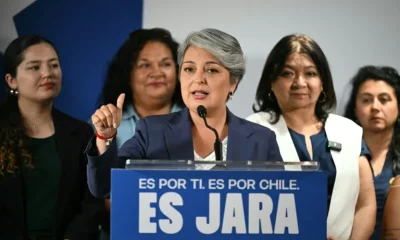
 International10 hours ago
International10 hours agoChile enters runoff campaign with Kast leading and Jara seeking a last-minute comeback
-

 International10 hours ago
International10 hours agoTrump says asylum decision freeze will remain in place “for a long time”
-
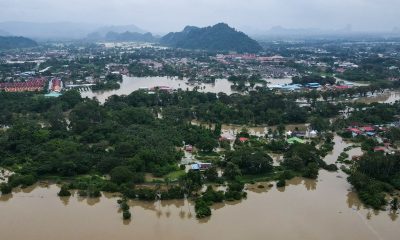
 International10 hours ago
International10 hours agoSri Lanka and Indonesia deploy military as deadly asian floods kill over 1,000






























